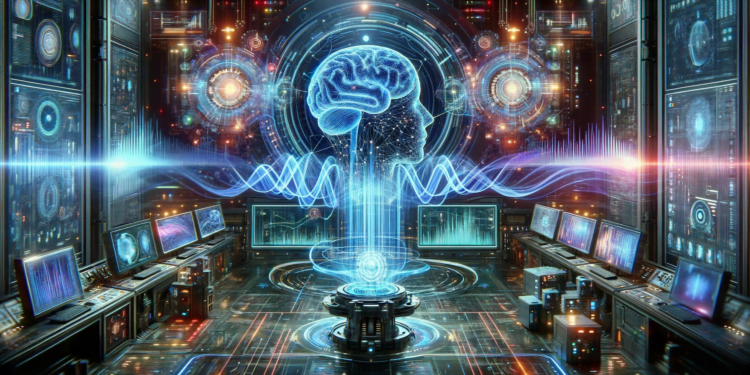Artificial Intelligence (AI) and signal processing are closely interconnected fields that have mutually enriched one another. Signal processing utilizes mathematical algorithms to analyze, modify, or synthesize signals such as audio, video, and sensor data. With the advent of AI in this domain, a technological revolution has occurred, facilitating the interpretation and manipulation of these signals with unprecedented precision. This glossary will focus on the contemporary terminology that defines the intersection of both fields.
Supervised and Unsupervised Learning
- Supervised Learning: The process of training an AI model using labeled datasets. An example includes the classification of audio signals.
- Unsupervised Learning: Training without using labeled data. It is fundamental in the detection of unknown patterns or clustering.
Reinforcement Learning
- Reinforcement Learning: A technique where an agent learns to make decisions by observing the rewards/punishments of its actions, useful, for example, in optimizing adaptive filtering strategies.
Neural Networks
- Artificial Neural Networks (ANN): Computational models inspired by the human brain that are essential for complex signal processing tasks.
- Convolutional Neural Networks (CNN): Specialized in processing data with a grid-like topology, such as images or time series.
Transforms and Spectral Analysis
- Fourier Transform: A mathematical tool that transforms a signal from the time domain to a representation in the frequency domain.
- Wavelet Transform: A technique that decomposes signals into components of time and frequency of different scales.
Filters and Adaptive Algorithms
- Adaptive Filters: Filters that automatically adjust their parameters to minimize an error function. Commonly used in echo cancellation or noise suppression.
- Closed-Loop Algorithms: Used in areas such as predictive coding, where encoding is adapted based on the previous error signal.
Optimization and Hyperparameters
- Gradient Descent: An optimization method used to minimize the cost function in the training of AI models.
- Hyperparameters: High-level parameters in AI models that define the model structure or how the model is trained.
Natural Language Processing (NLP)
- Speech Recognition: The process that allows a machine to understand and respond to spoken language.
- Natural Language Generation: The ability of an AI to produce comprehensible and coherent text.
Image and Video Interpretation
- Image Segmentation: The process of dividing an image into its constituent parts to facilitate analysis.
- Pattern Recognition: A technique used to identify regular patterns in data such as images and biometric signals.
Generative Models
- Generative Adversarial Networks (GANs): A system of two neural networks competing against each other, useful for generating realistic data such as images or music.
- Autoencoder Models: Used to reduce the dimensionality of data while maintaining its most relevant features.
Biomedical Signal Interpretation
- Electroencephalography (EEG): Monitoring of the brain’s electrical activity, being a fertile field for the application of AI in pattern detection.
- Cardiac Signal Processing: Analysis of ECG/EKG signals for medical diagnosis, where AI algorithms identify cardiac anomalies.
Ethics and Privacy
- Algorithmic Bias: Issues that arise when AI models perpetuate or amplify biases existing in training data.
- Data Privacy: A critical issue when processing biometric or communication signals that requires consideration in the design of AI systems.
In conclusion, AI applied to signal processing encompasses everything from fundamental techniques in machine learning to practical applications in the automatic interpretation of biomedical signals. Recent advances include GANs in content creation and ANNs for natural language processing, highlighting the potential for continuous innovation. Experts suggest that the convergence of AI and signal processing will not only bring significant technological advances but will also pose ethical and privacy challenges.
This glossary merely scratches the surface of an ever-evolving area. However, it provides a solid foundation for those interested in the cutting edge of artificial intelligence applied to signal processing. The scientific and technical community looks forward with interest to how the deepening of these disciplines will steer the future of technology and the nature of signal analysis in the information era.






















